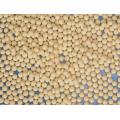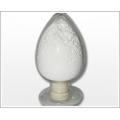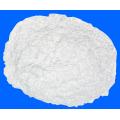Molecular Sieve 3A is an alkali metal aluminosilicate, it is the potassium form of the type A crystal structure. Type 3A has an effective pore opening of about 3 angstroms (0.3nm). It adsorbs molecules with effective diameters smaller than approximately 3 angstroms. But excludes molecules such as unsaturated hydrocarbons.
Molecular Sieve 4A is an alkali aluminosilicate; it is the sodium form of the Type A crystal structure. Molecular sieve 4A has an effective pore opening of about 4 angstroms (0.4nm). It will adsorb most molecules with a kinetic diameter of less than 4 angstroms and exclude those larger. Such adsorbable molecules include simple gas molecules such as oxygen, nitrogen, carbon dioxide and straight chain hydrocarbons. Branched chain hydrocarbons and aromatics are excluded.
Molecular Sieve 5A is an alkali aluminosilicate; it is the calcium form of the Type A crystal structure. Type 5A has an effective pore opening of 5 angstroms (0.5 nm). It will adsorb molecules with a kinetic diameter of less than 5 Angstrom and exclude molecules larger than 0.5nm. It is especially suitable for PSA adsorber applications where it may be used for the separation of normal- and iso- paraffins (C4 to C6 species), in PSA hydrogen purification and in oxygen concentrators.
Molecular Sieve 13X is the sodium form of the type X crystal and has a much larger pore opening than the type A crystals. It will adsorb molecules with a kinetic diameter of less than 9 Angstrom (0.9nm) and exclude molecules of larger than 0.9nm.
It is commonly used to separate nitrogen from oxygen. Since it also has the highest theoretical capacity of the common adsorbents and very good mass transfer rates. it usually used as carrier for catalysts.



